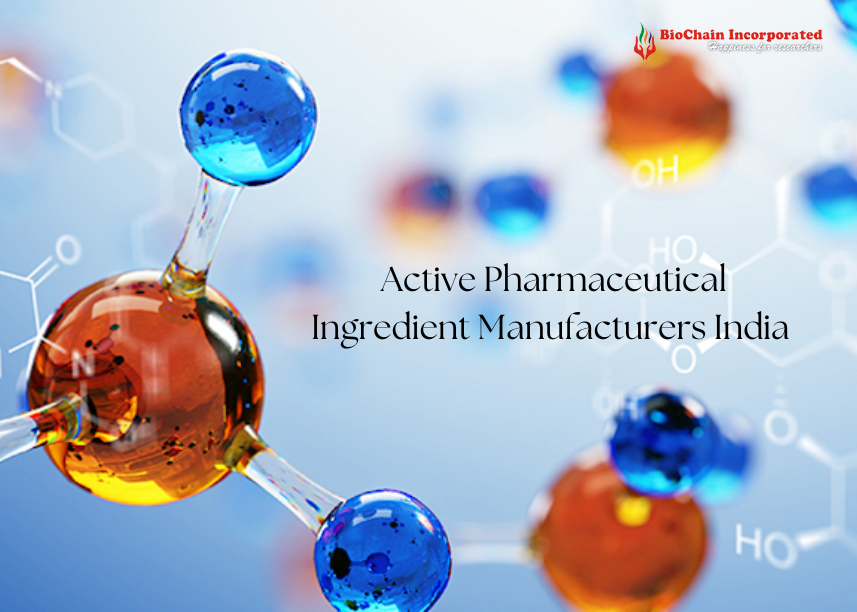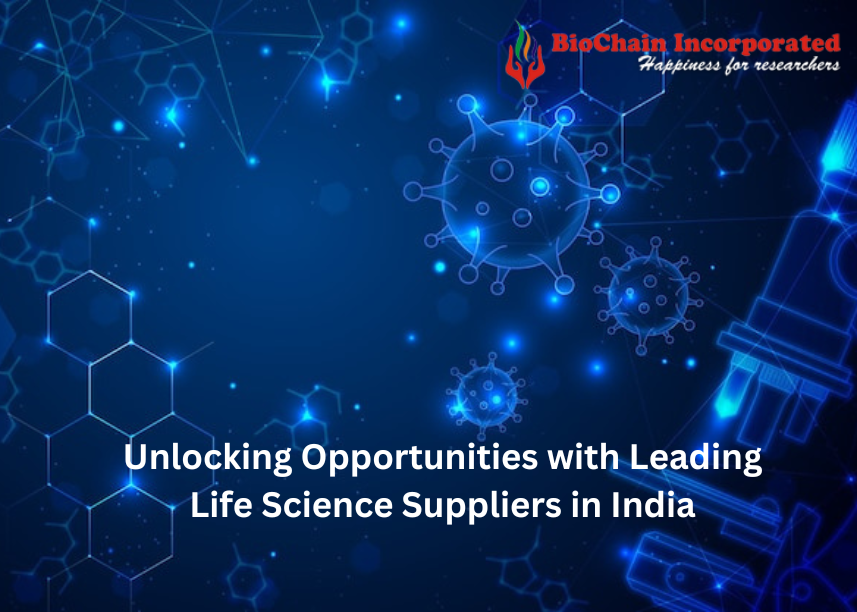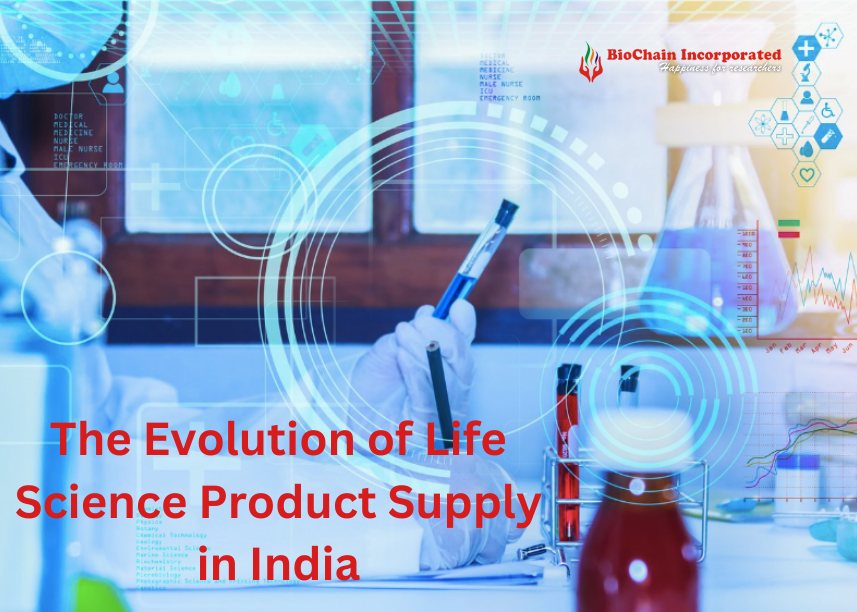What Are The Tips For Antibody Purification Troubleshooting?
Do you wish to know how Antibody suppliers in India work for
purification troubleshooting? Then, this blog is the right one for you. Keep reading
to know more.
Antibody purification is a common need for increasing the purity yield of
antibodies. In this blog, we are talking about how to troubleshoot points that
enhance antibody purification. Thermo fisher distributors have a clear idea about
it.
Tips For Antibody Purification Troubleshooting
Antibody purification is a critical step in obtaining high-quality antibodies for
various applications. However, it can sometimes present challenges that require
troubleshooting to ensure successful purification. Here are some tips to help
troubleshoot common issues encountered during antibody purification:
● Low Yield:
Ensure proper sample handling and storage conditions to maintain antibody
stability. Optimize the purification protocol by adjusting parameters such as buffer
composition, pH, and salt concentration. Check the column or resin for any
blockages or inefficiencies that may be hindering antibody binding and elution.
Consider alternative purification methods or affinity resins if the current approach
is not yielding satisfactory results.
● Contaminants:
If there is contamination with host cell proteins or nucleic acids, optimize the lysis
and purification buffers to improve specificity. Adjust the wash step parameters to
enhance the removal of impurities without compromising antibody recovery.
Explore additional purification techniques such as size exclusion chromatography
or ion exchange chromatography to further purify the antibody.
● Aggregation or Fragmentation:
Evaluate the antibody stability and optimize the storage conditions to prevent
aggregation or fragmentation. Adjust the pH, temperature, and salt concentration
during purification to minimize these issues. Consider using antibody fragment-
specific purification strategies if fragment formation is a recurring problem.
● Non-Specific Binding:
Optimize the binding and wash conditions to minimize non-specific interactions.
This may involve adjusting pH, salt concentration, or detergent concentration. Use
appropriate blocking agents to prevent non-specific binding during sample
application or column equilibration. Consider the addition of competitor molecules
that can minimize non-specific binding.
● Poor Antibody Quality:
If the purified antibody does not exhibit the desired functional or structural
properties, consider modifying the purification protocol. Review the antibody
production process, including cell culture conditions, harvest time, and purification
timing, to ensure optimal antibody quality. Validate the antibody's functionality
through appropriate assays to confirm its binding specificity and activity.
● Poor Antibody Recovery:
Optimize the elution conditions, including buffer composition, pH, and elution
volume, to maximize antibody recovery without compromising purity. Check for
any losses during the purification process, such as inefficient column packing or
leakage, and address those issues.
Final Words
It's important to note that troubleshooting antibody purification can be a complex
process, and it may require a systematic approach to identify and resolve the
specific issue. Get high-quality antibodies and antigens from the leading Custom
antibody suppliers in India, Biochain.


.jpg)
.png)

.png)


.png)
.png)
.png)
.png)
.png)